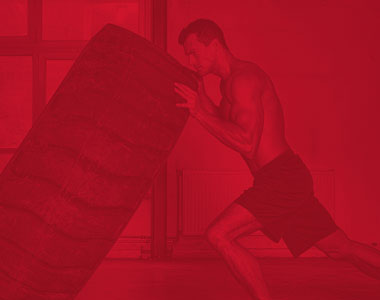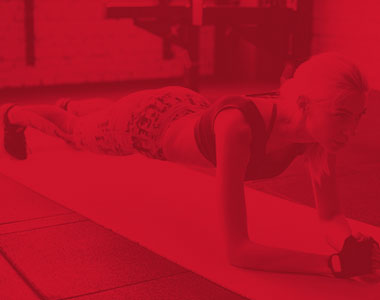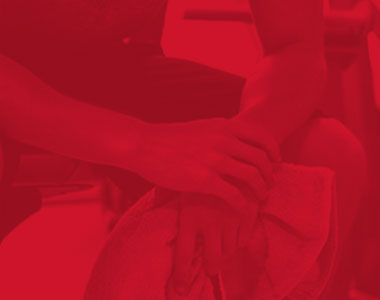Hi-Intensity Sport
Bodybuilding
Bodybuilding has been well known for centuries since humans first discovered becoming bigger and stronger. Athletes train hard day and night to develop musculature and aesthetics which compete for coveted titles such as the Mr. Universe and Mr. Olympia.
As a competitive activity, bodybuilding aims to display in artistic fashion pronounced muscle mass, symmetry, and definition for overall aesthetic effect. Bodybuilding is good for anyone, especially for athletes, but the routine should be designed for how the body functions during play in a particular sport. Thus, a basketball player’s routine will differ from that of a football player or a baseball player.
Here are some tips to excel at your passion:Caloric Intake
Bulking is a term commonly thrown around by bodybuilders. It generally refers to a progressive increase in the number of calories consumed beyond your body’s needs in combination with intense weight training. Whereas some people claim that bulking is unhealthy, others insist that it’s a safe and effective method for gaining muscle mass.
The number of calories you need to consume for bodybuilding depends on whether you’re in the bulking phase or the cutting phase. You need to increase or decrease your calorie intake by 500 calories per day for a week to gain or lose 1 pound a week, respectively, according to the American Council on Exercise (ACE).
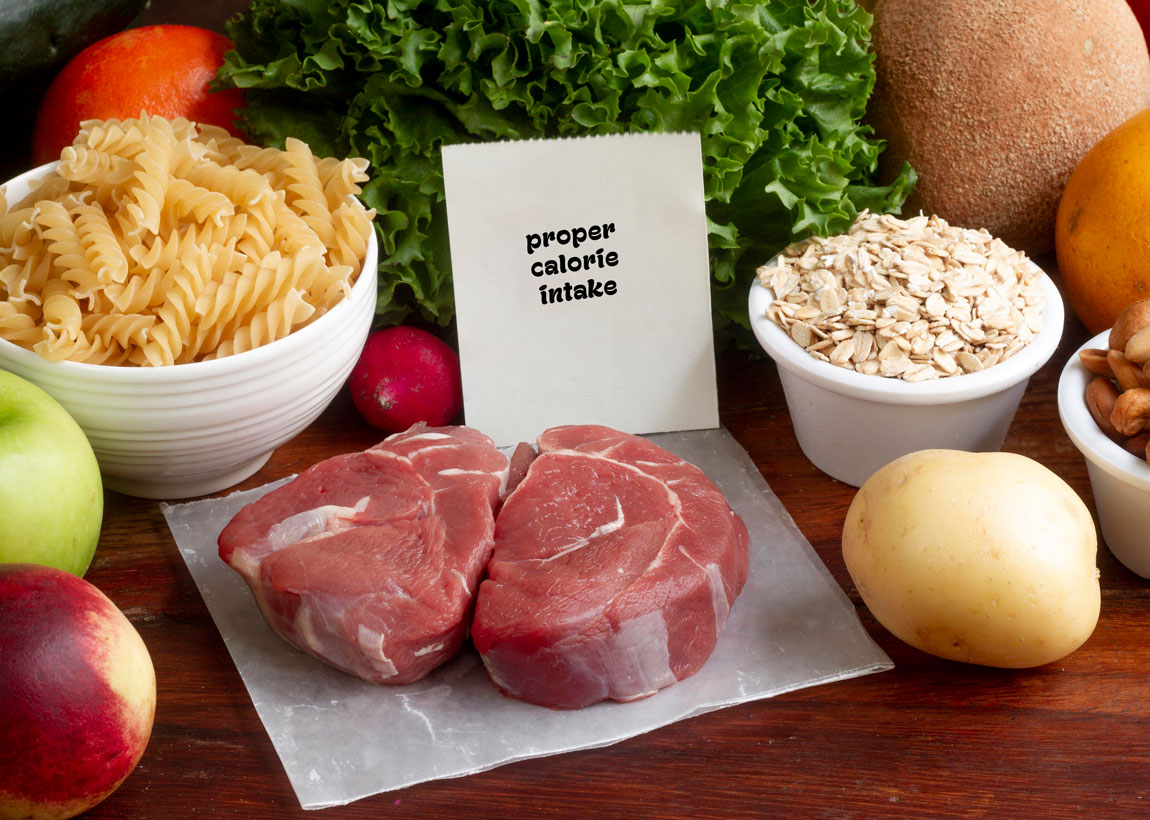
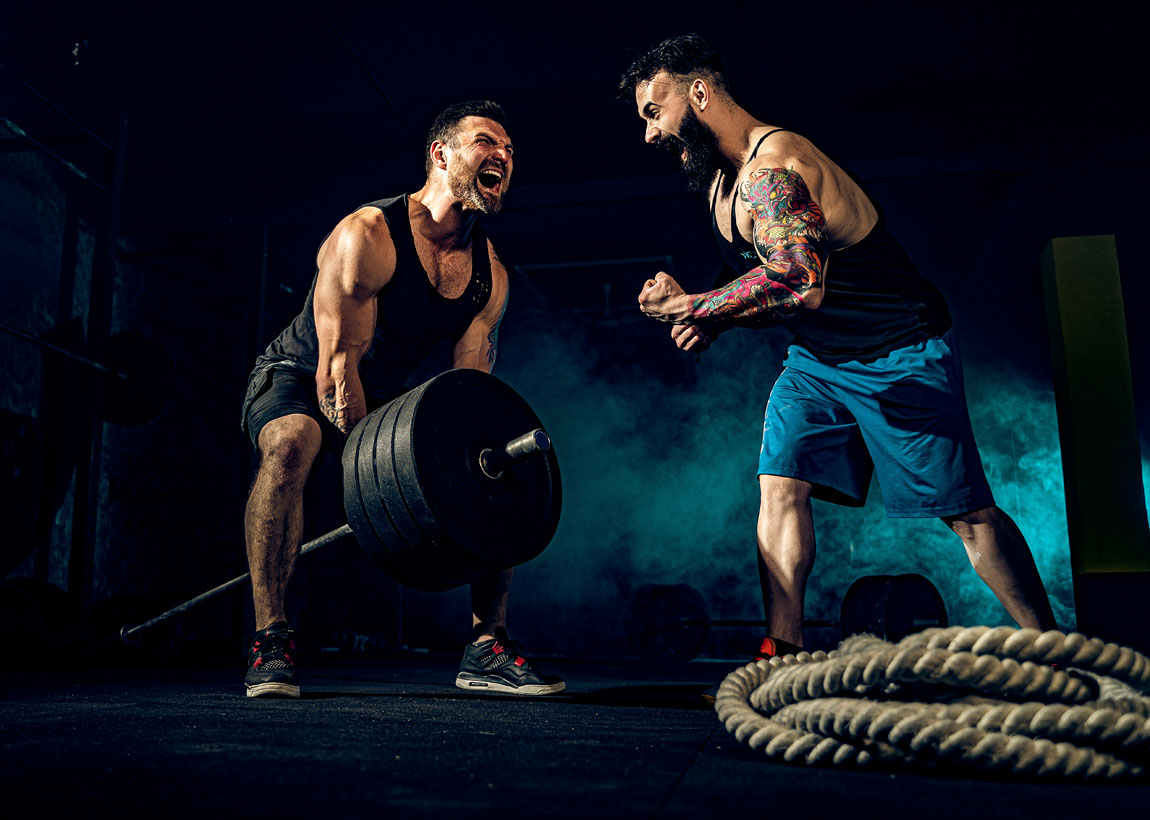
Right Coach and Support
The wrong coach can lead you down a disastrous path of pain, loss, and illness. The right coach will lead you to your best physique. Choose wisely. Get referrals from people you trust in the industry. Decide if you need in-person consultations or if you can follow someone remotely. Do your research. Look them up online—Facebook or a personal website can be a great start. Set up a phone call where you can ask questions
Food is the Key
Bodybuilding is centered around building your body’s muscles through weight lifting and nutrition. Whether recreational or competitive, bodybuilding is often referred to as a lifestyle, as it involves both the time you spend in and outside the gym.
Like training, diet is a vital part of bodybuilding. Eating the right foods in the appropriate amounts provides your muscles with the nutrients they need to recover from workouts and grow bigger and stronger. Conversely, consuming the wrong foods or not consuming enough of the right ones will leave you with subpar results. The best bodybuilding supplements include Whey protein, Creatine and Caffeine.
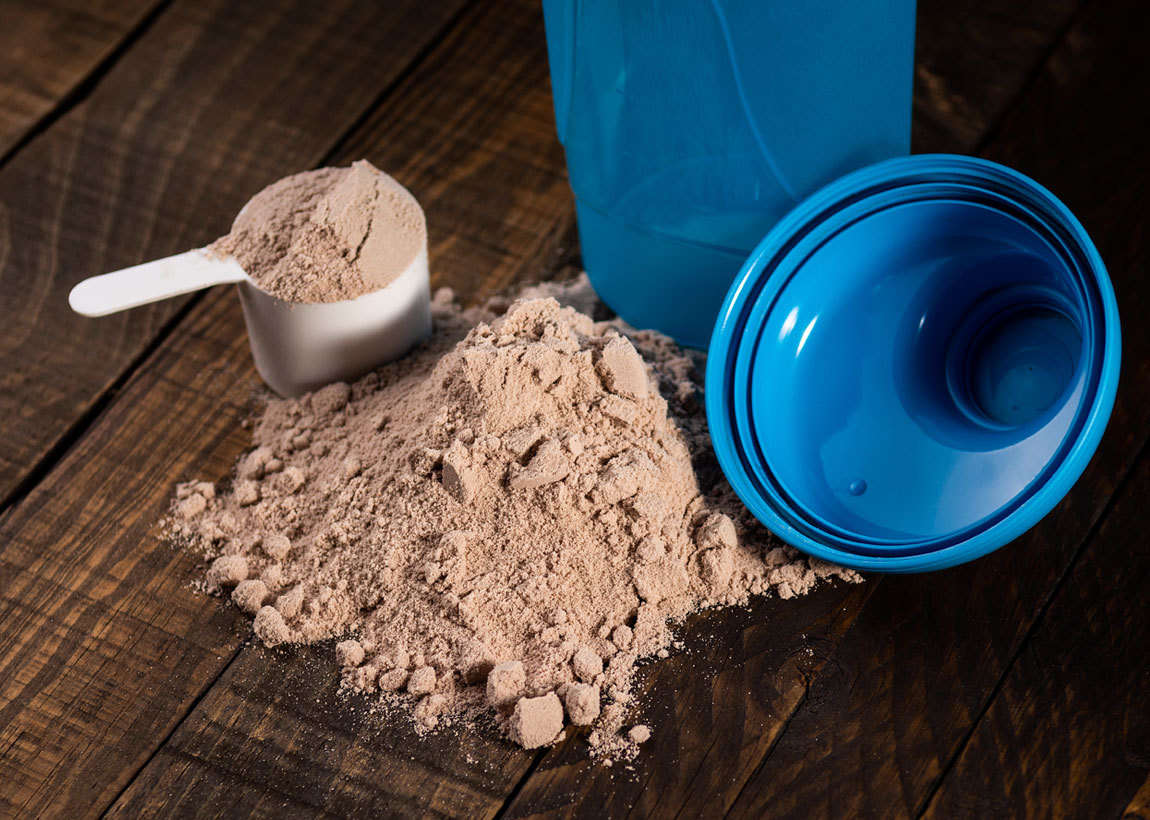
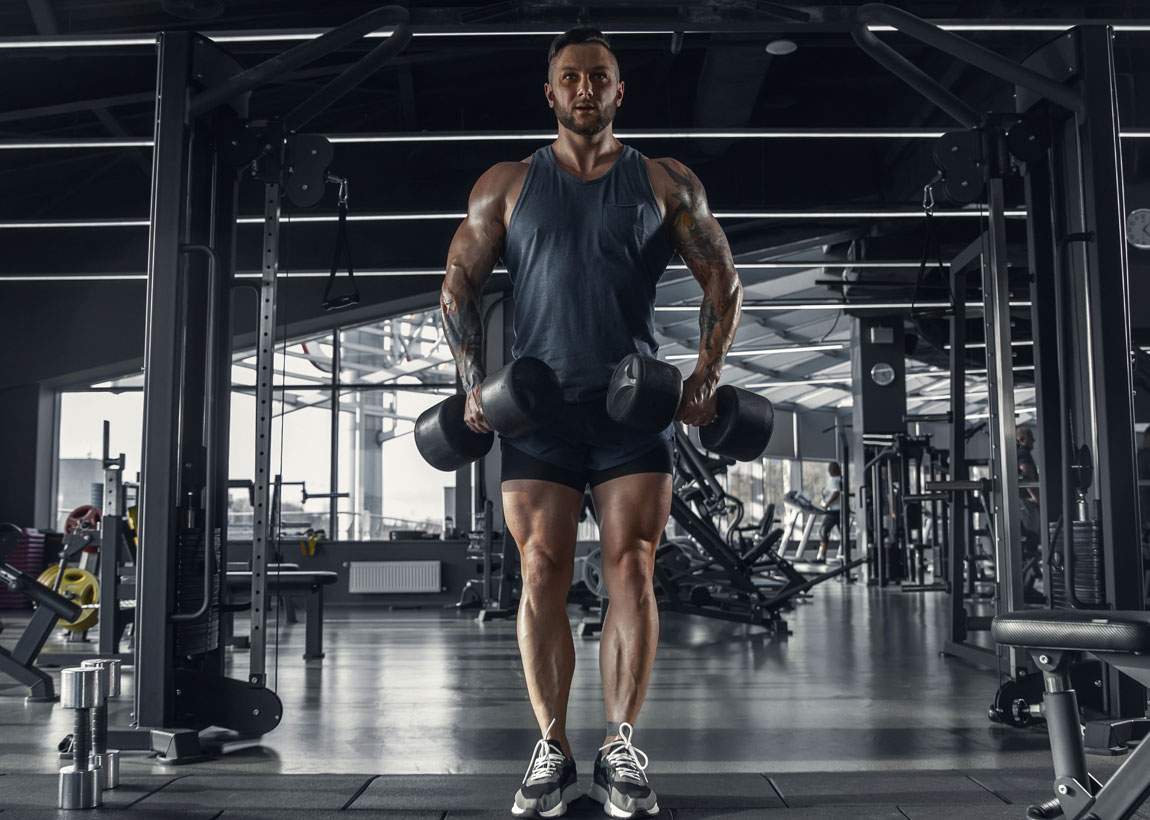
Proper Workout
As important as diet is, bodybuilding exercise is even more important. Bodybuilding exercise helps bodybuilders trim body fat, build muscle, and sculpt and chisel the body in order to achieve ultimate bodybuilding goals - including participation in competition.
In order to embark on effective bodybuilding exercise, it is first necessary to set out a schedule that will help you meet your goals. This is where a reputable gym can come into play. Not only do gyms offer a bevy of equipment necessary to bodybuilding exercise, but they give customers access to personal trainers who can help you set and implement your fitness goals.
Powerlifting
Powerlifting and bodybuilding are sports that revolve around resistance training using weights. If you’re new to weight training in general, powerlifting and bodybuilding may seem remarkably similar. While both sports rely on lifting weights, the goals within each sport are quite different.
Powerlifting is a competitive sport that assesses your ability to lift the maximum weight possible for one repetition, commonly referred to as one rep max (1RM), using a barbell in the following three lifts: back squat, deadlift and bench press.
Unlike bodybuilding, which emphasizes the pursuit of a particular physique, powerlifting is a sport of attaining as much raw strength as is humanly possible.
Here are some tips to excel at your passion:Intense Training
Whether you aim to compete in the sport or just want to train for strength, a powerlifting style training plan is the perfect way to boost your strength (and, if you eat enough during the plan, your size).
Powerlifting training plans are centered on the three main compound lifts. These lifts recruit the most muscles and put the most stress on your central nervous system – which in turn means they release the most hormones. Most training plans use these compound lifts – but a powerlifting training plan is written around them. This is because they are designed to help you push up your one rep maximum and lift the heaviest you ever have so you can dominate a competition or just be the strongest you’ve ever been.
Not only will you grow stronger, you’ll also build mental fortitude as you tackle personal bests.
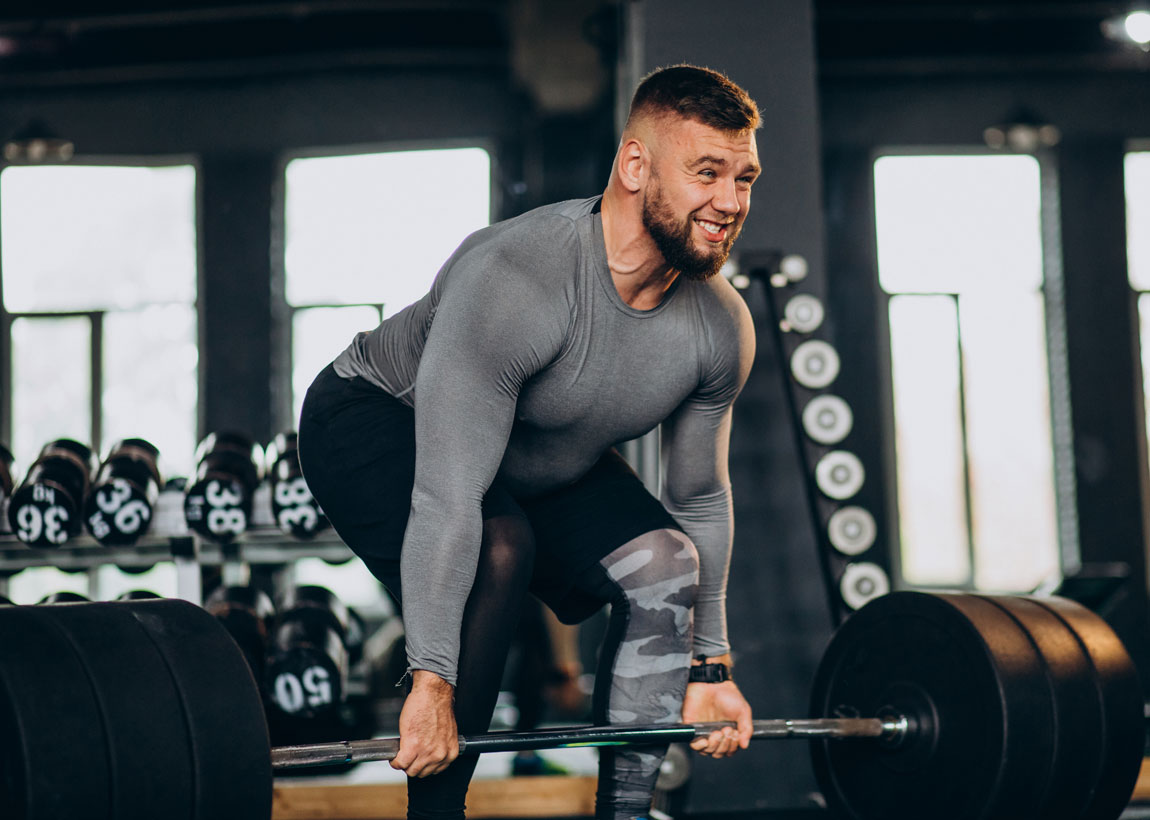
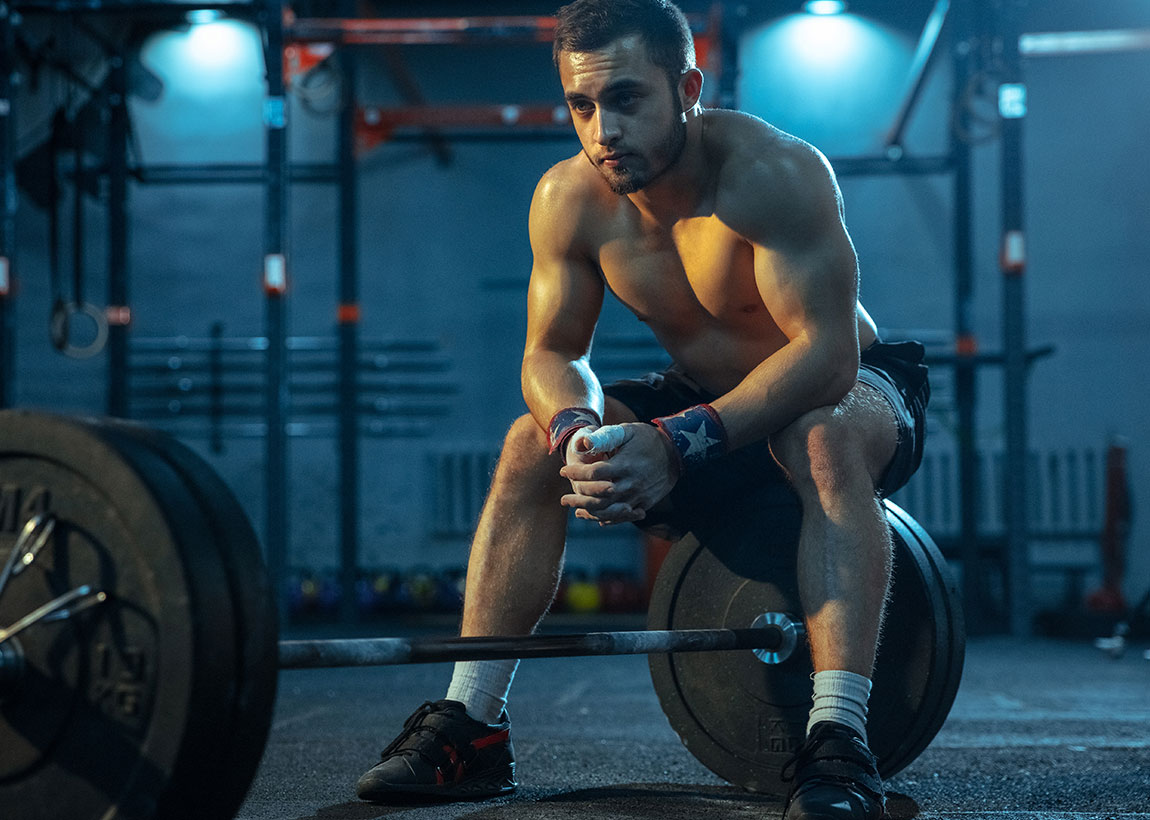
Strong Mental State
Mental fortitude is the single most important aspect of training that is often overlooked. Once we get into the groove of showing up and doing the work, there’s the practice of mental strength.
Powerlifting training is specific, and consistently putting in the work takes determination, patience, and fortitude. Achieving those goals, seeing the results of those goals, and feeling the results of those goals are all great for your mental health. And who wouldn’t want to feel a little more confident?
Powerlifting is all about challenging yourself mentally and physically—pushing your limits safely.
Rest and Eat
You need to rest and eat appropriately. An intense powerlifting program requires the proper amount of fuel and rest for results. Without getting into diet program specifics, the basic principle is that your diet should be appropriate for your personal goals—whether they are to build size and strength or lose weight. Focus on long-lasting carbs like oatmeal with fruit, lean protein like eggs or tofu, and avoid foods that are very high in fat (bacon, hash browns, sausage) or sugar (pastries, fruit juice, syrups).
We’re always told to stay active and get regular exercise. But whether you’re training for a competition or feeling extra motivated, more isn’t always better. Rest days are just as important as exercise. In fact, a successful fitness regimen isn’t complete without rest days.
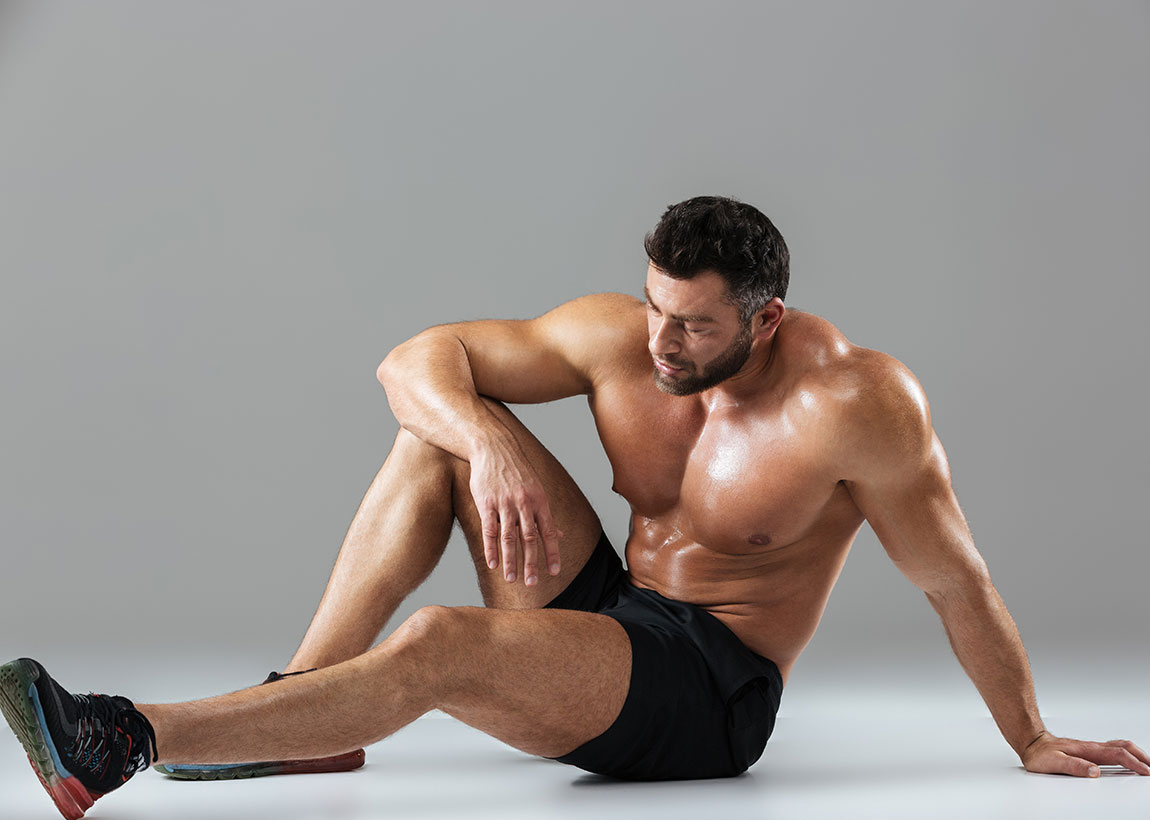
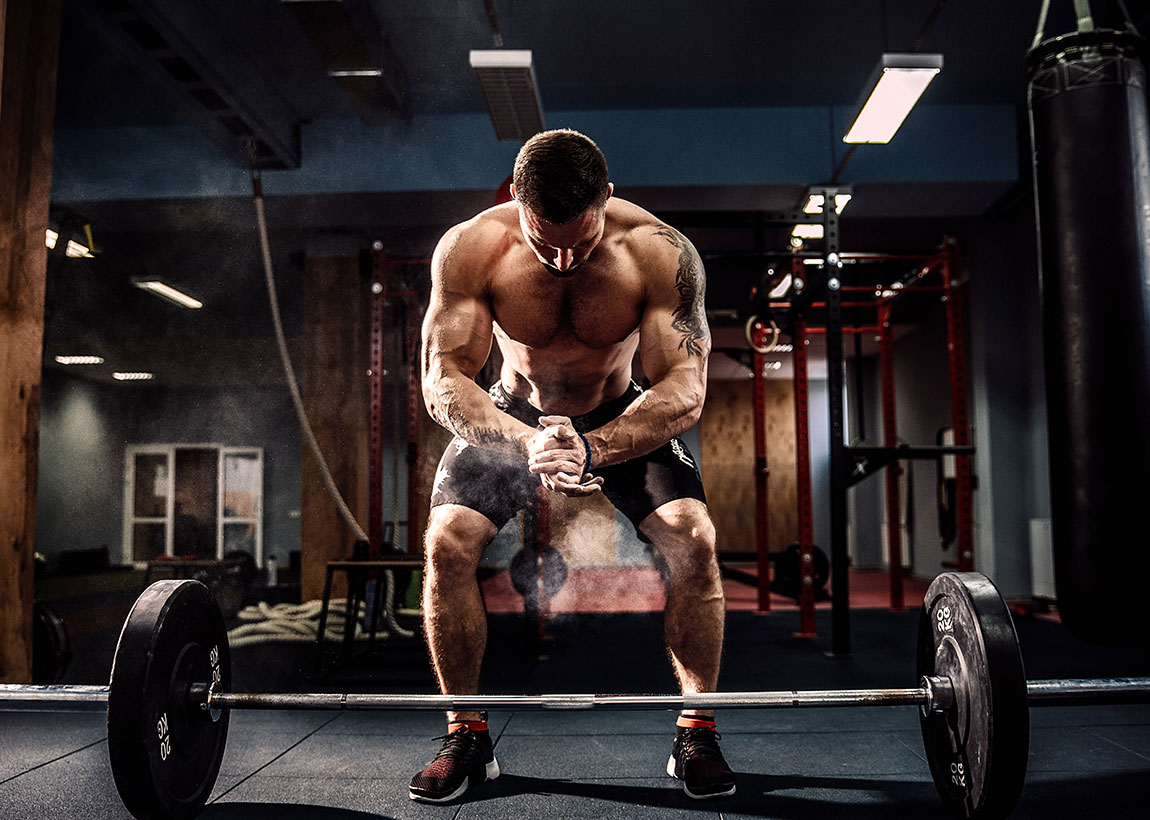
Daily Practice
Once you commit to powerlifting, you need to understand that this is a long-term commitment. Much like choosing the best deadlift program, choosing the best powerlifting program means incorporating other exercises as well. You need to build a solid foundation of strength, stability, and power so you can continue to increase your 1RM.
If you are brand new to the gym, then you aren’t ready to start powerlifting yet. You need to work on each major muscle group to build strength first. Powerlifters exhibit great strength in almost every muscle in their body. That’s the only way they can lift such massive amounts of weight. Without a solid foundation to begin with, it almost guarantees you’ll injure yourself.
Boxing
Boxing is a combat sport that involves fighting with fists. Traditionally, boxing has also been referred to as “pugilism,” which literally means, “fist fight”. Boxing has come quite a long way since the good ol’ gladiator days when the primary goal was to literally knock out the other fighter. Today, boxing is loved by people of all ages and is not only a great sport but an excellent way to get in shape. If you’re trying to improve your health and get in the best shape of your life, look no further.
Here are some tips to excel at your passion:Training Your Hands and Feet
A lot of the greatest boxers in the history of the sport were able to attain success because they had fast hands; thus it is obvious that training your hand speed in boxing is vital for success.
How does one acquire speed? Can speed be improved? Of course, speed is something with which many athletes are naturally blessed, but it is something that can be improved using the correct type of drills. It won’t come easily, but it will come with time, as you move just a bit faster with your hands and legs as each week passes. Building up the muscles that move your hands and legs, along with the stamina to maintain that speed, is key.

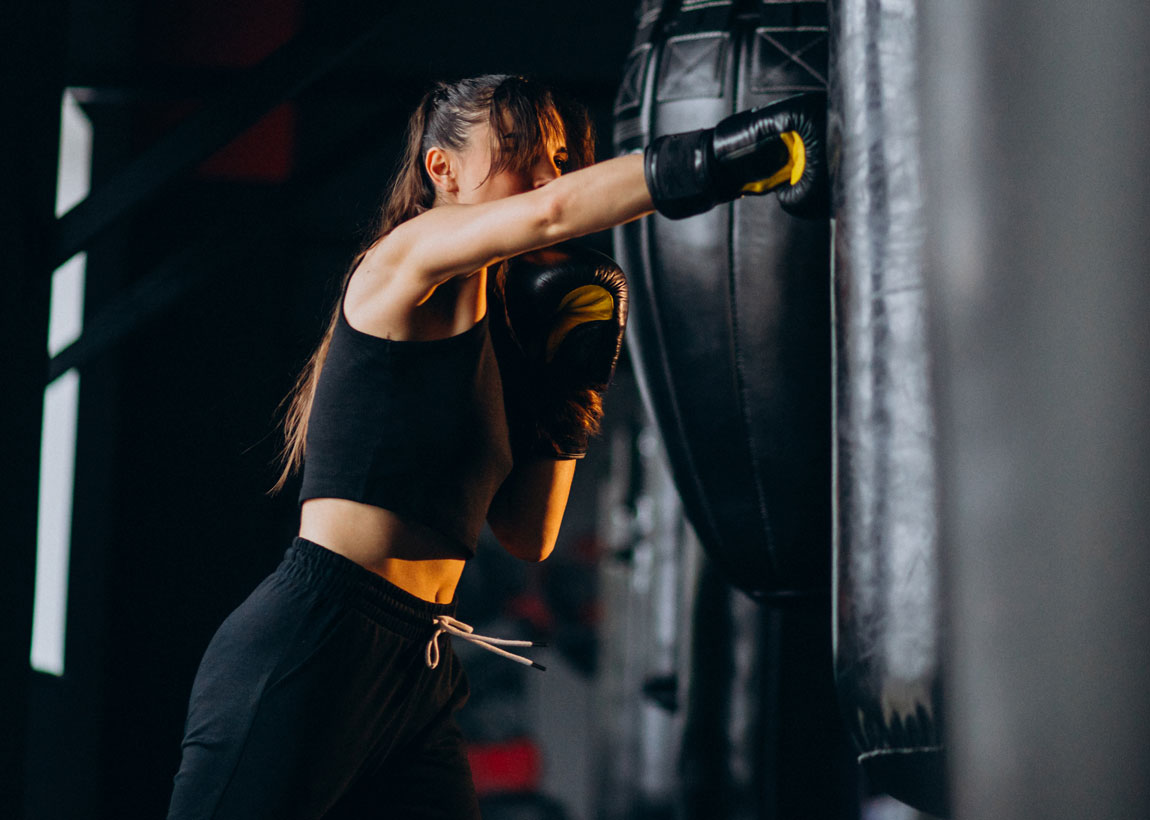
Build Strength
Strength and conditioning is becoming more and more popular within the boxing community. At a very basic level, think of the difference between boxing strength and conditioning training as you would the difference between quality and quantity.
Strength training will help you run faster because it will make your muscles stronger, allowing you to make more rapid and explosive movements to increase your punching power. Conversely, your conditioning determines how long you’ll be able to run before the body gets too tired to make those movements and how long you'll last during your boxing workout. As you might imagine, training in both manners is of high importance for boxers.
Diet Importance
Like with many sports diets, what we eat and when is very important. Boxing is about being light without losing power, so you’ll need lots of nutrients to keep those energy levels up. In order to peak during your training session, you should forget the average of three meals a day that you normally eat. To maintain good levels of energy in time for an early evening training session, you should consider five to six reasonably sized meals a day.
The diet of a boxer is composed of several essential nutrients like Water, Carbohydrates, Proteins, Vitamins and minerals, Fibre and Fats, but not just any kind, only the healthy ones!
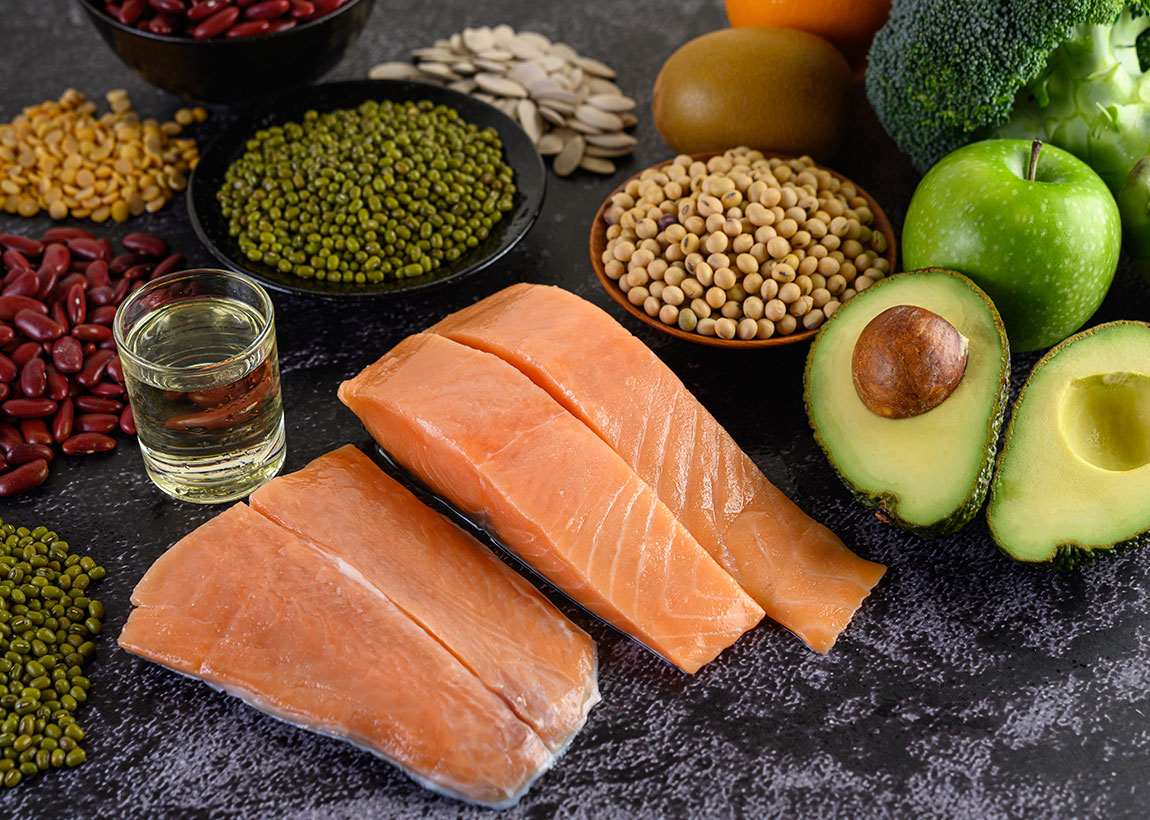
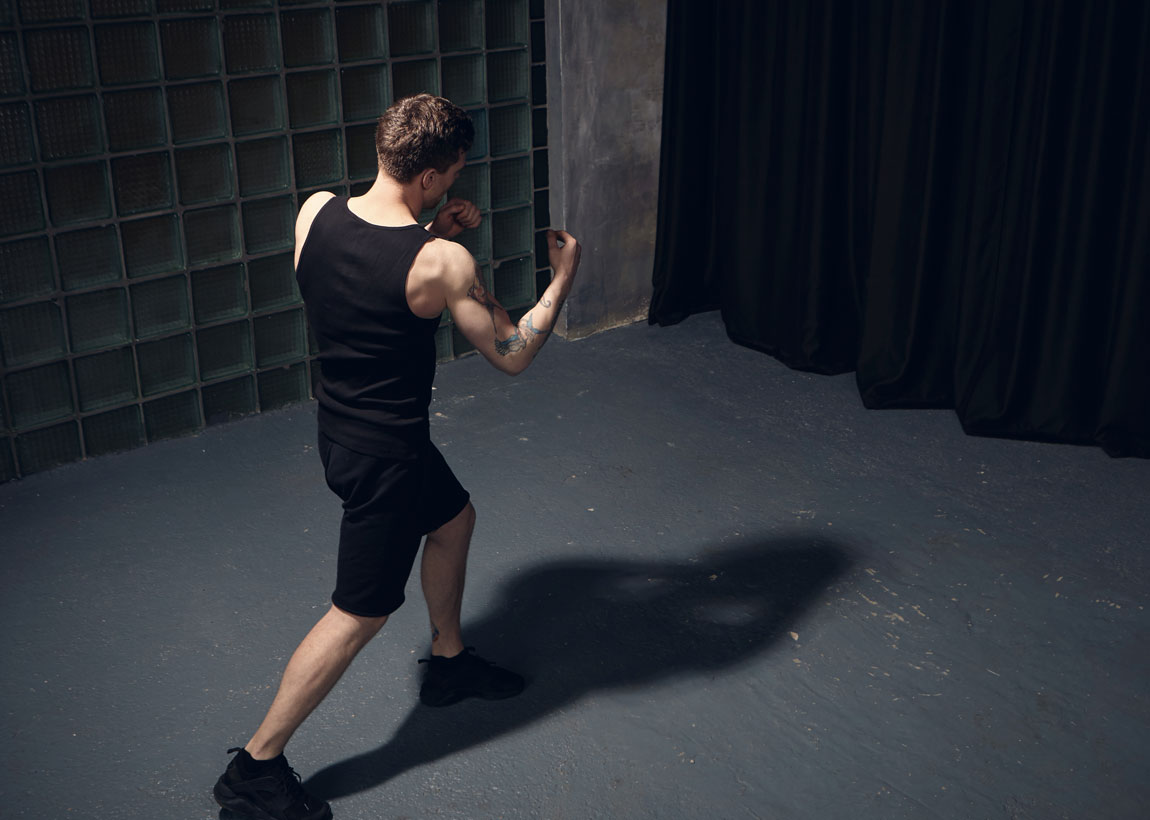
Some Shadow Boxing
What is shadow boxing? Why do pro boxers shadow box so much? Shadow boxing is when a boxer or fighter moves around by himself throwing punches in the air. Shadowboxing is a popular exercise for fighters to hone their fighting techniques, condition their muscles, warm-up or warm down during their workouts, or even to mentally prepare themselves before a fight.
Shadow boxing is a staple for fighters—it’s also a sneaky killer cardio workout. While burning upward of 400 calories per hour, shadow boxing also helps you develop foot speed, hand coordination, and technique.
MMA
Mixed martial arts (MMA), sometimes referred to as cage fighting, no holds barred (NHB), and ultimate fighting, is a full-contact combat sport based on striking, grappling and ground fighting, incorporating techniques from various combat sports and martial arts from around the world.
MMA is the fastest growing sport in India. It is a hard-hitting combat sport that involves grappling and striking. India has many talented MMA fighters like Ritu Phogat, Abhay Singh Shirole, Abhijeet Petkar, Abhijit Das, Abhilash Raut and many more.
MMA is not a new sport. Pankration was the earliest competitive form of MMA and can be traced back to Ancient Greece. It was introduced during the Olympic Games in 648 B.C.
Here are some tips to excel at your passion:Do your research
If you’re a fan of MMA, then you know how much work each fighter puts into each bout, from improving their physical fitness to researching their opponent’s combat style and drawing up a game plan. You need to go down that rabbit hole and learn everything you can about the sport. This will stand you in good stead for training.
That’s also how you should prepare for starting MMA training. Start by researching the gyms in your area, and visiting the ones that look most promising to you (most reputable gyms will offer a free or low-cost trial period). Then select the place that best meets your goals and needs.


Make sure you’re ready
Once that’s done, you should also make sure that you’re physically prepared to start training. This doesn’t mean that you have to be in fighting shape before you even start fighting, but most beginners classes at MMA gyms are for people with little to no experience in MMA and the various martial arts that influence MMA, not for people with a beginner’s level of physical fitness.
The warmups alone are going to be harder than many non-martial arts workouts. So having a base in strength and conditioning is definitely going to help you jump into your new training in a much safer and more sustainable way.
Learn Various Fighting Style
There are three major fighting styles that an MMA fighter will have to train in order to be successful in professional MMA; Striking (Boxing, Muay Thai, Karate), Takedowns (Wrestling, Judo), and Submissions (Brazilian Jiu Jitsu).
Wrestling teaches you how to take others down and how to avoid being taken down. It also emphasizes good positional control when the fight gets to the canvas. Wrestlers are typically good at taking people down and keeping them there.
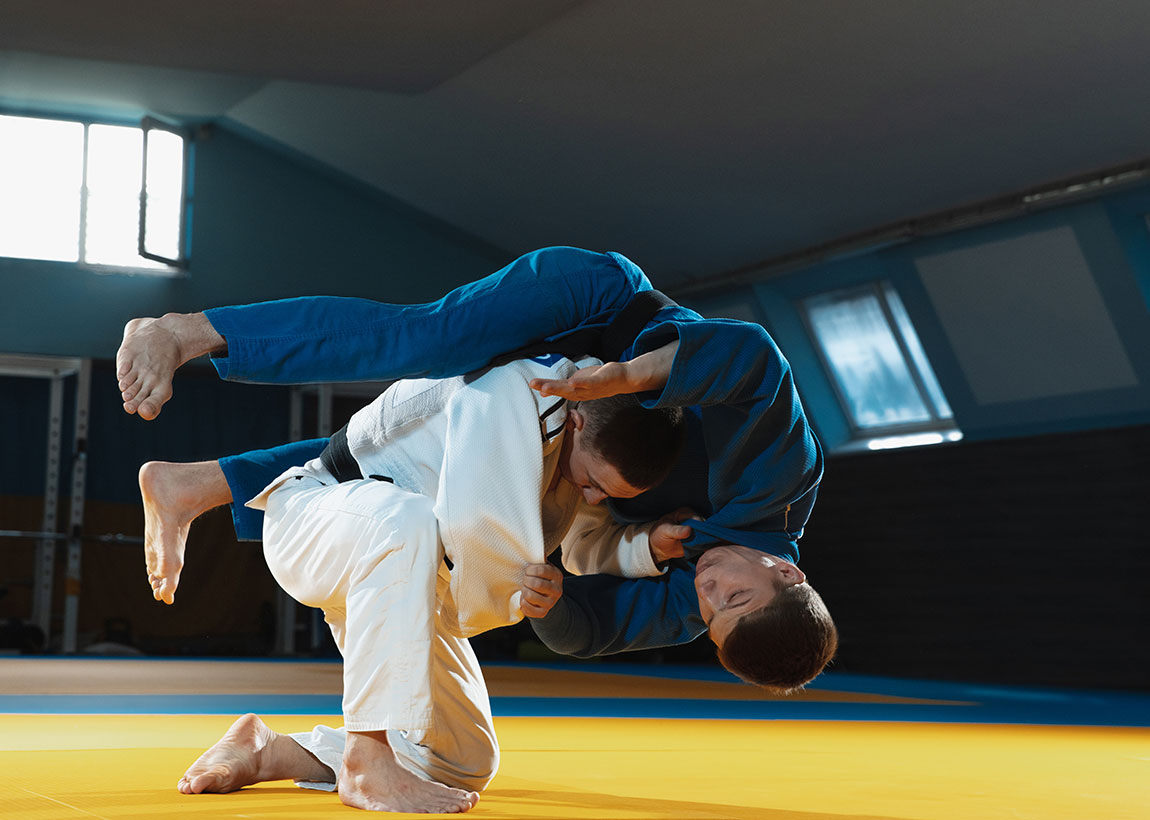
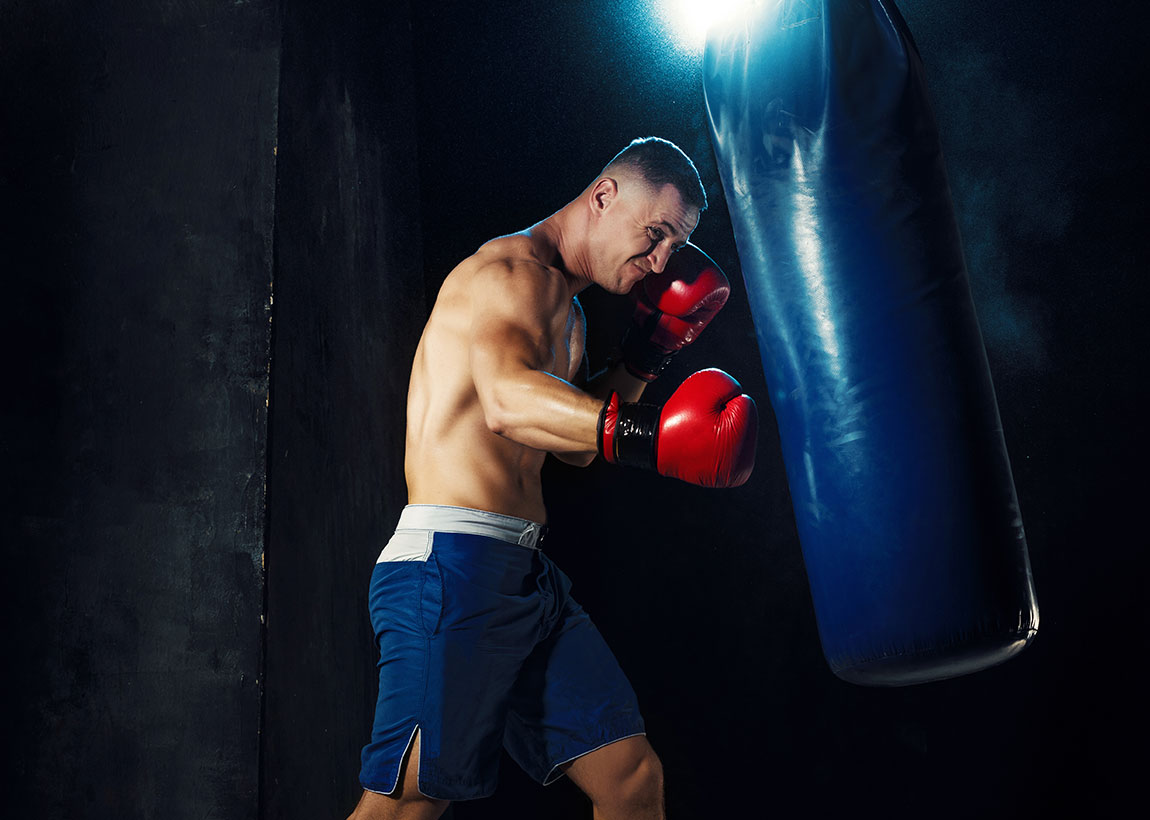
Start Slow
A lot of beginners try to hit as hard and fast as they can. The problem with this is that all technique gets thrown out the door, and a bunch of bad muscle memories are formed.
Instead, forget that you’re trying to hit something at all. Just focus on slow controlled body movements, creating the correct muscle memory. Once you develop good muscle memory through slow controlled movement, add the speed and power last.
Wrestling
Wrestling is a general term for a combat sport between two competitors involving grappling type techniques. The main objective in most forms of wrestling is to pin down the opponent's shoulders on to the mat. There are many popular wrestling styles practiced around the world, as well as many less widely known regional or folk wrestling styles.
The three basic types of wrestling contest are the belt-and-jacket, catch-hold, and loose styles. Of course to be an effective pro wrestler you have to add wrestling training to your regimen. This means training with another wrestler to work on your technique, strength, and endurance. Such mock wrestling matches are important for competitive wrestlers.
Here are some tips to excel at your passion:Strength Training
Ever wonder what it takes to be a successful wrestler? It takes a lot of hard work and determination. The training can get intense and if done incorrectly, could ruin your chances of ever making a career out of the sport.
It is important throughout your training to continue to work on your techniques. Certain aspects of your game will change as you get stronger in the gym. You will find your upper body getting stronger and you are able to dominate your opponent by using more strength. One thing that shouldn't change (unless you get sloppy) is your biomechanics. You will have the same form on things such as your shoot and sprawl as you did previously.
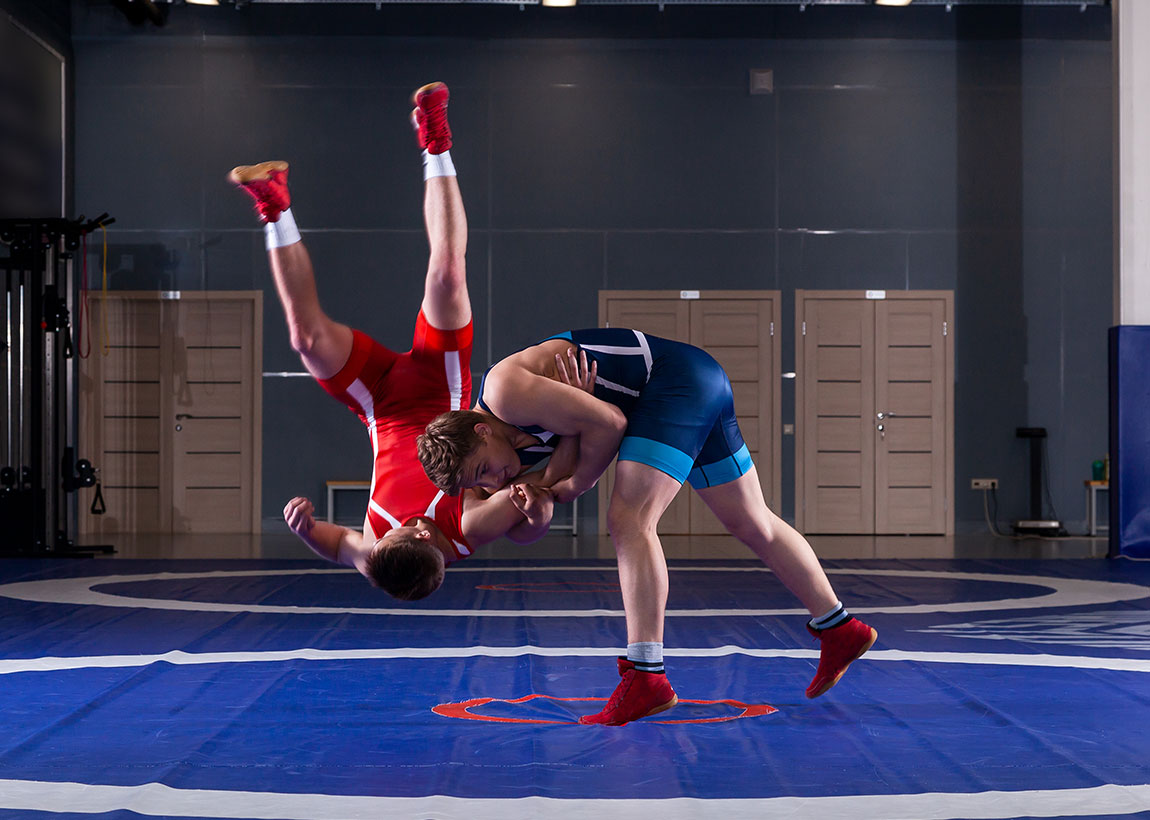

Nutrition
Wrestlers should look to consume 40-45% of their calories from carbohydrates. A very low carb diet will lead the body to break down muscle for energy. High carb diets are stored as fat. Remember that carbs are not your enemy when it comes to weight loss- eating too many calories is your enemy.
Due to concerns about weight control, some wrestlers choose to skip meals or excessively restrict their daily food intake. Those practices can be detrimental to their health, as well as academic and athletic performance. In order to maintain the high energy levels needed for their intense workouts, wrestlers need to eat a healthy, balanced diet on a daily basis.
Hydration
It's no secret that proper nutrition and diet are necessary to achieve success in wrestling. But one equally important aspect is often overlooked: proper hydration. Drinking the right fluids at the right time keeps wrestlers performing at peak levels while also keeping them healthy.
Did you know that in 1 hour of exercise, your body can lose a quarter or more of water? Your muscles can start to cramp if you don't drink enough. This is because water aids in the removal of lactic acid, which is the primary cause of muscle soreness. It also helps prevent the dreaded "D" word: dehydration.

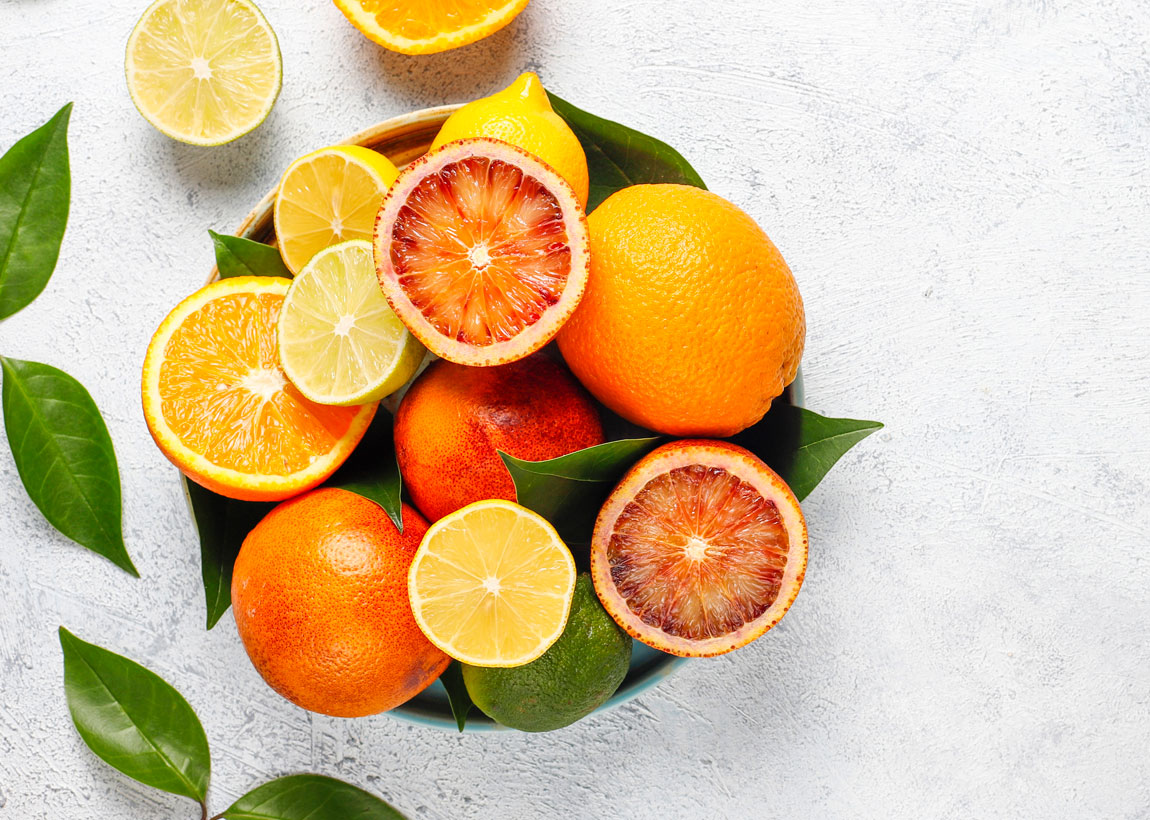
Increase Energy
There is no other sport that combines the need for peak explosion and power with incredible muscle endurance and aerobic capacity. Optimal nutrition will help the body to build and maintain muscle, lose fat, maximize training effects, recover efficiently, and prevent injury and illness. Food should be seen as the fuel used to create a fat-burning, muscle-building metabolism that is capable of running at peak efficiency.
Here are 10 great, non-processed foods that not only can help you lose or maintain your weight, they provide your body with energy for workouts, aid in recovery and provide essential micro-nutrients. Whole Grains, Citrus fruits, Banana, Quinoa, Nuts, Greek Yogurt and whole fruit, Peanut Butter, Kale, Hummus, Greek Yogurt and Dark Leafy Greens.
Here are the tips PROATHLIX recommends you to excel at your passion.
 HIIT
HIIT One of the best training technique which involves rigorous bursts of high-intensity exercise followed by varied periods of low-intensity active rest, or complete rest. Using weights at an extremely rapid pace not only improves strength, but also enhances endurance activity. Definitely one of the best ways to boost the metabolism.
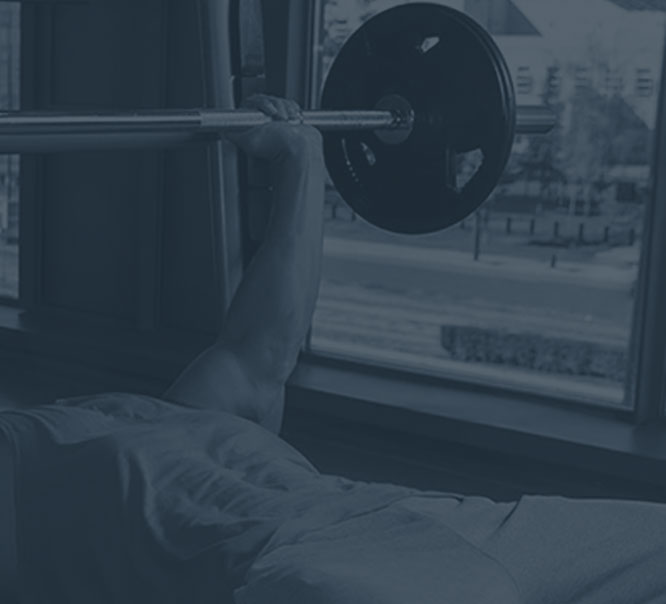 Hybrid Exercises
Hybrid Exercises A squat with an added overhead press, jumping pull-ups, and lunges with biceps curls are all great hybrid exercises to get in full body workout: exercises that combine two basic movements in such a way that you can work more muscles at once; giving you more effectiveness and efficiency in less time. Multiple muscles working at once in a movement stimulates your heart muscles, which in turn improves your stamina.
 Strength Training
Strength TrainingAlso known as resistance training. The training technique is especially designed to challenge all muscle groups. Exercises 2 or 3 times a week, is all that is needed to improve the strength and tone of the muscles – as well as gain several long-term health benefits to muscles, bones and general metabolism.
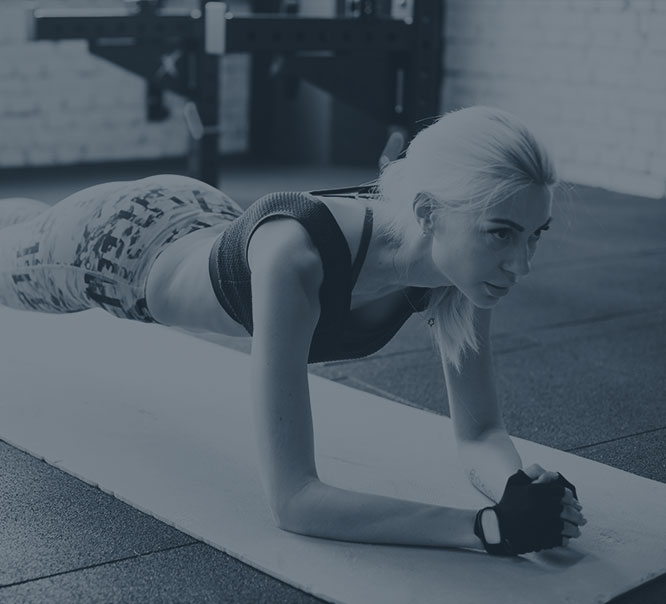 Interval Training
Interval Training If goal is to burn fat, Interval Training is one of the most effective & efficient workout programs. It is an excellent way to burn calories, shed some kilos, and build endurance. It is a great method of quick workout for extremely effective physical transformation. By incorporating intense workout with short recovery periods, interval training helps build great endurance, strength and power.
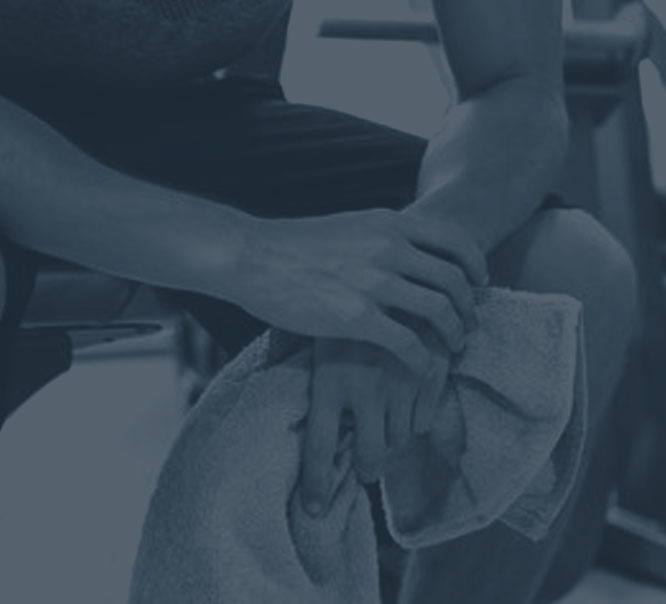 Rest and recovery
Rest and recoveryNever neglect the fact that rest and recovery plays extremely essential role in maximizing your performance. When going for intense training program, you need to ensure that you are allowing your body to get a proper eight hours of sleep each night to rejuvenate the body in full vigor & energy. If possible, sneak in a quick 20-30 minute power nap in day time. Take a day off as rest days are critical for body strengthening and enhanced performance. You should also ice the ailing areas after every workout (especially knees and low back) as well as use foam rollers and massage.
 Diet
Diet You are what you eat. If you don’t have a proper healthy food, it will reflect on your performance. Fueling up at regular intervals is all that is required to maintain & maximize exercise performance. Avoid overeating, eating at long intervals would have many adverse effects. Appropriate meal at an appropriate time is key to success.




